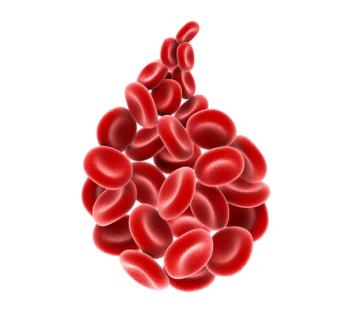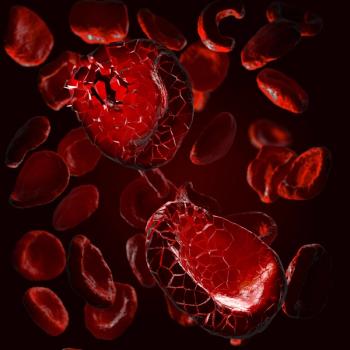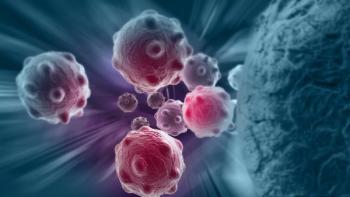
|Slideshows|December 12, 2017
Top Hematologic Cancer News of 2017
Author(s)Cancer Network Editors
In this slide show we highlight some of the top news on hematologic cancers in 2017, including effective therapies for pediatric hematologic malignancies, a variety of FDA approvals, new discoveries in myeloma, and more.
Advertisement
Newsletter
Stay up to date on recent advances in the multidisciplinary approach to cancer.
Advertisement
Advertisement
Advertisement
Trending on CancerNetwork
1
All-Oral Revumenib Regimen May Show Advantage in Newly Diagnosed AML
2
Talquetamab Combo Yields Responses in Multiple Myeloma With True EMD
3
Linvoseltamab Yields High Response in Newly Diagnosed Multiple Myeloma
4
MARIPOSA Final OS Results in Asia Population Yield Meaningful Improvement in EGFR NSCLC
5

















































































